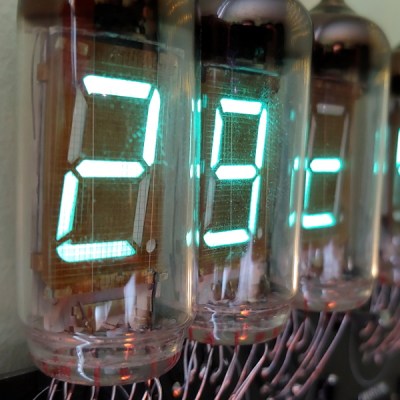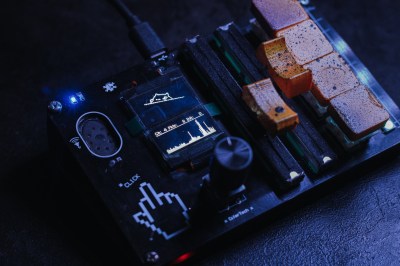The Macintosh Plus is not exactly known as particularly relevant in the worlds of chiptune or electronic music more broadly. That’s not to say it can’t do anything that sounds cool, however. As [Action Retro] demonstrates, it’s got some really impressive tricks up its sleeve if you know what you’re doing.
The video centers around “Music Mouse”, a piece of software created by Laurie Spiegel for the Macintosh Plus all the way back in 1986. Spiegel saw the Macintosh Plus as a potential instrument for musical expression, with the then-innovative mouse as the key human interface.
[Action Retro] shows off the software, which is able to create rather pleasing little melodies with little more than a swish and a swash across the mousepad. The software makes smart use of scales so you’re not forever dodging around dissonant notes, so it’s quite easy to play something beautiful. He then makes things more interesting by pairing the Macintosh Plus with his favorite guitar pedal—the Old Blood Noise Endeavors Sunlight. It’s a dynamic reverb that really opens up the sonic landscape when paired with the Mac Plus. If you’re looking for a weird avant-garde setup to take on stage at your next noise show, this has to be it.
We’re usually used to seeing Nintendo and Commodore products in the retro computer music space. The Mac makes a nice change. Video after the break.
Continue reading “The Macintosh Plus Sounds Great If You Do Exactly This With It”



















